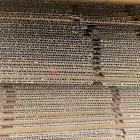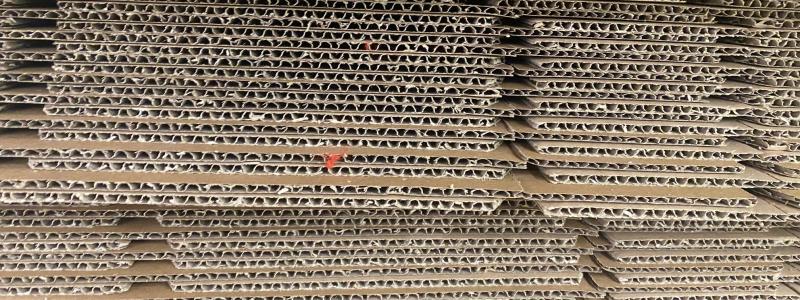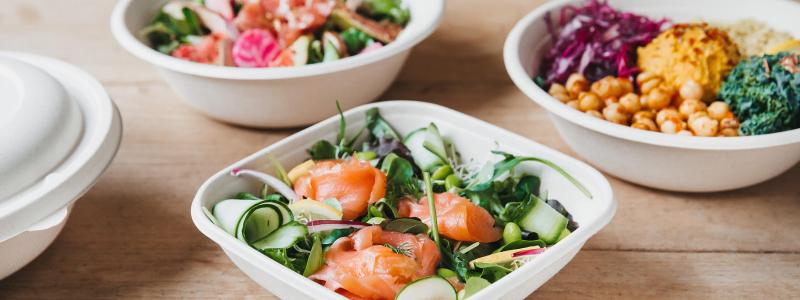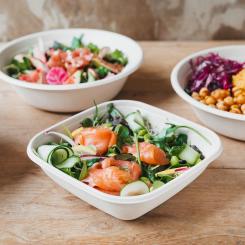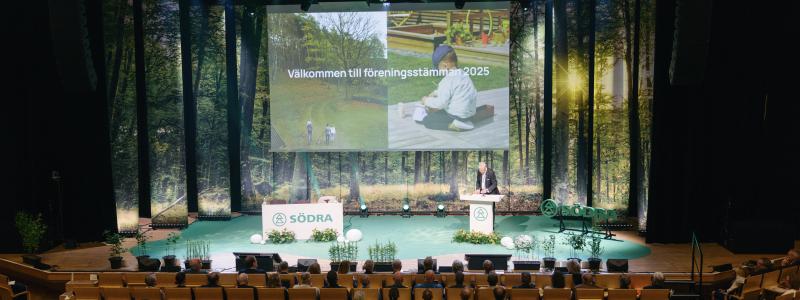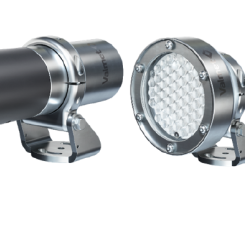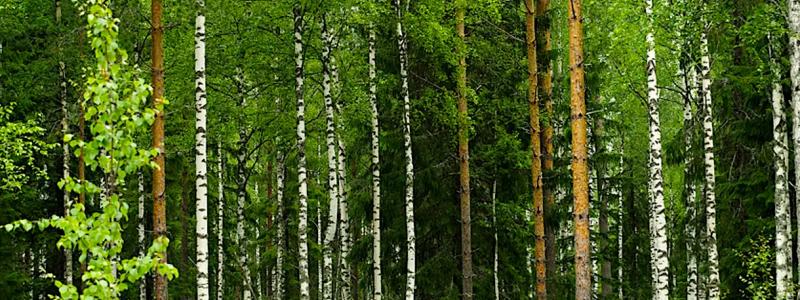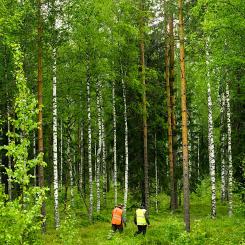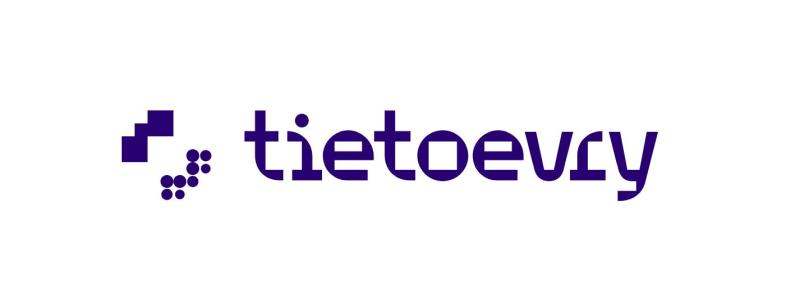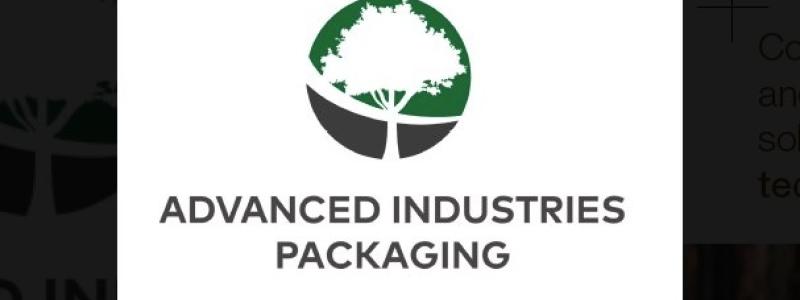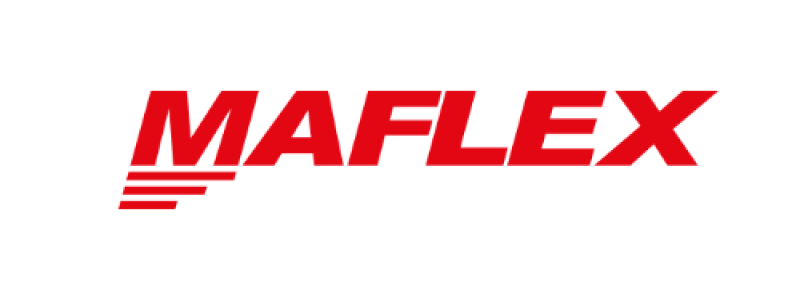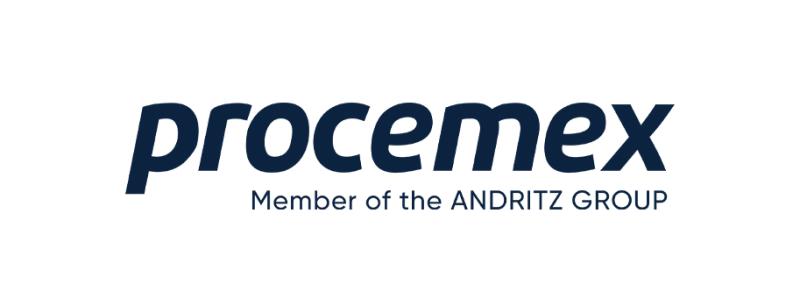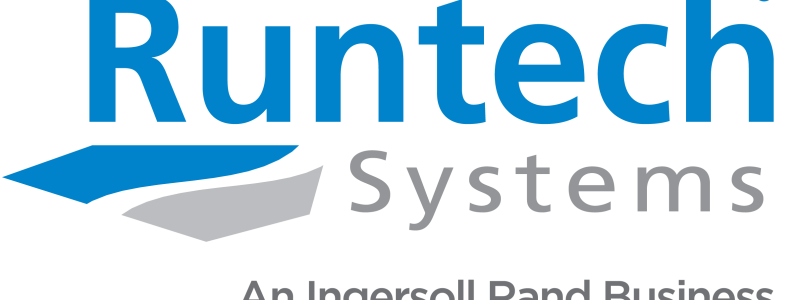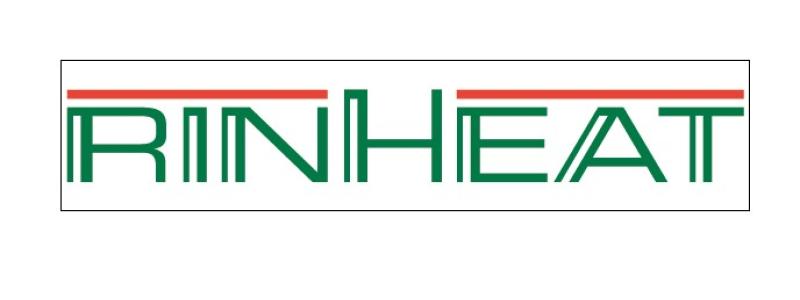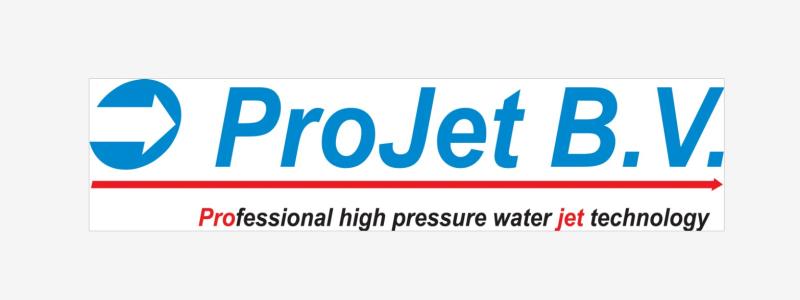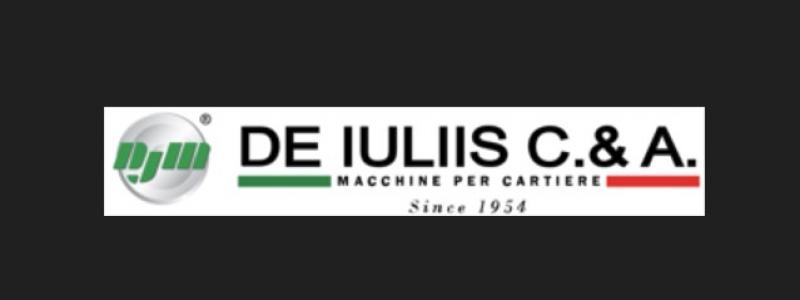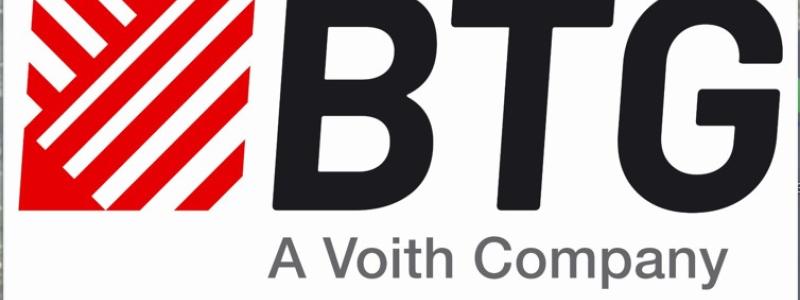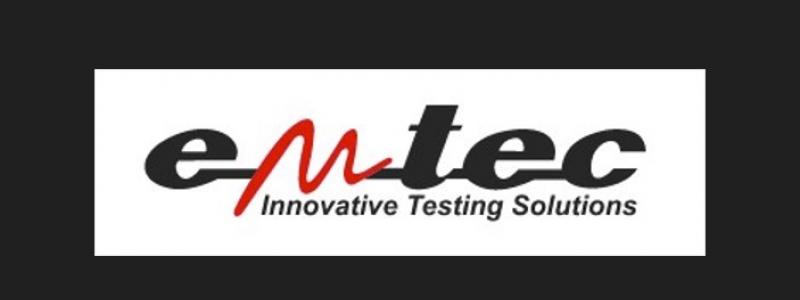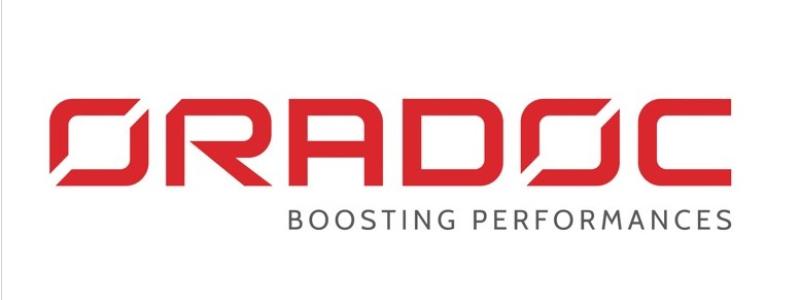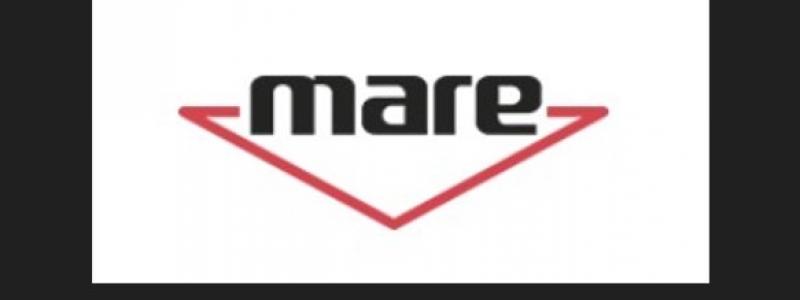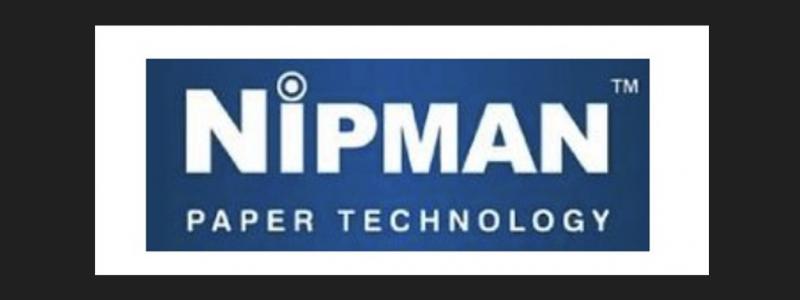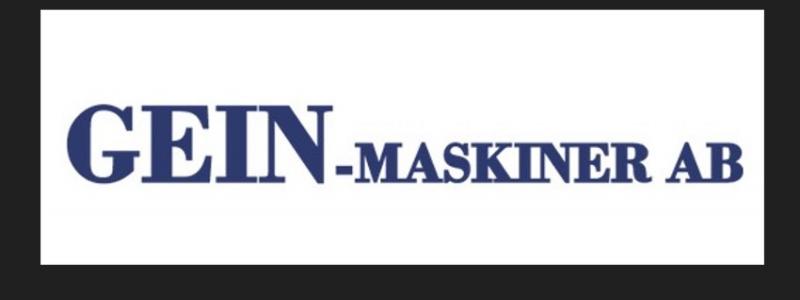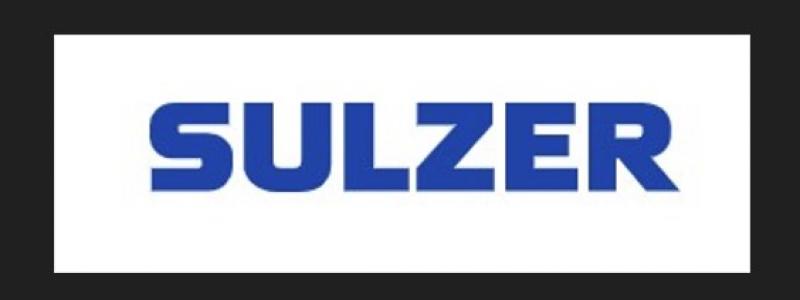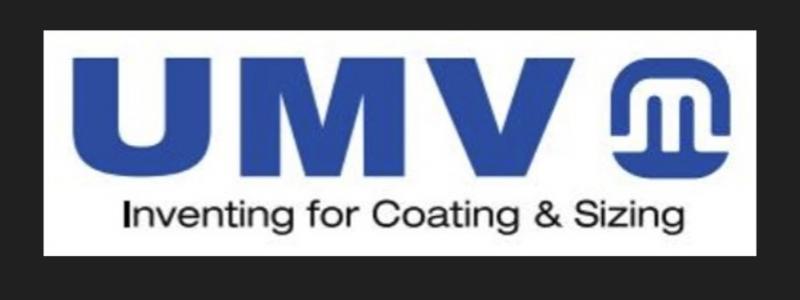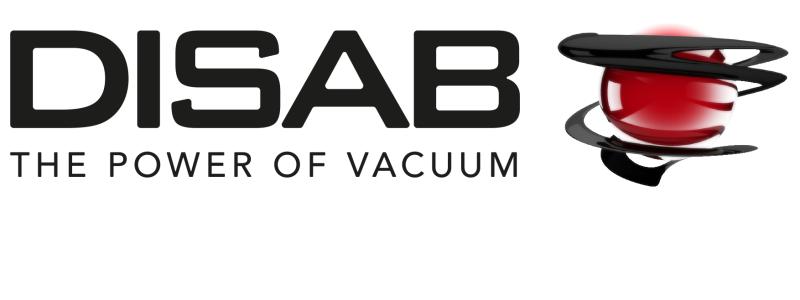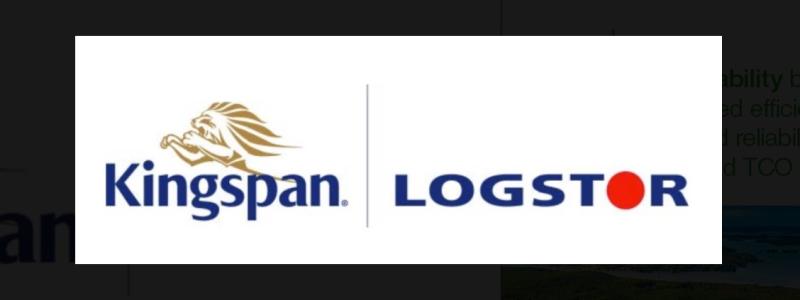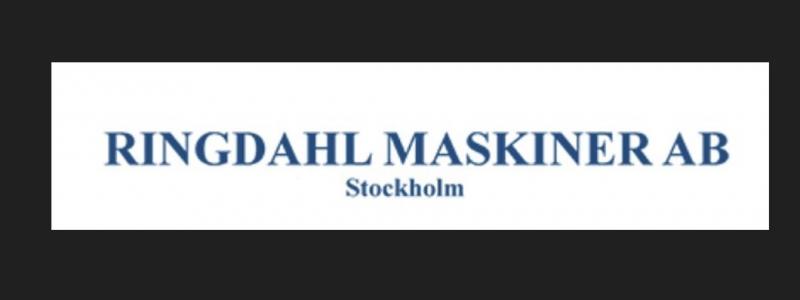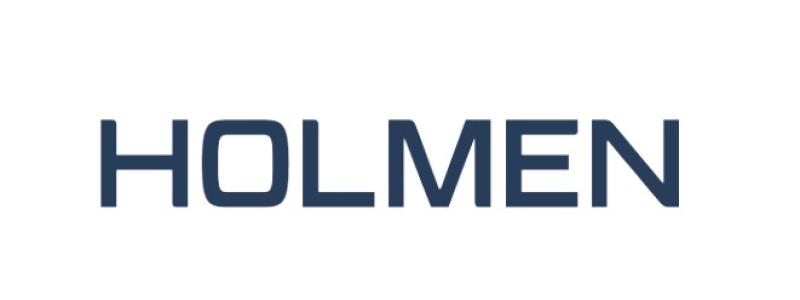The 5th Nordic Wood Biorefinery Conference presented the latest ideas and developments in biorefinery separation and conversion processes as well as new biobased products from the wood based biorefinery: energy, chemicals and materials. These developments will shift the focus from tonnes to diversified customer solutions.
The Nordic Wood Biorefinery Conference (NWBC) is a leading event where research and industry meet to discuss recent wood-based biorefinery developments. On 25-27 March, the fifth edition was held in Stockholm with 240 delegates representing 26 countries. Since the first event in 2008, developments within wood based biorefining have flourished and many companies around the world are now redirecting towards these new opportunities.
"Stora Enso is going through an interesting and challenging transformation. With a higher focus on markets demands instead of tonnes, the ambition is to create a better value and solution for the customer in the new markets we are entering," stated Mikael Hannus, Vice President Biorefinery Stora Enso, in his opening speech at Stockholm Waterfront Congress Centre.
Mikael Hannus also pointed out that the industry has a responsibility for market input to research and innovation. The scientific input is provided by universities and institutes. This thriving collaboration between market and science is also significant for NWBC. The conference gathered expert speakers from the chemical, energy, pulp and paper industries, as well as recognised representatives from the global research community. The seminar programme comprised about 40 oral presentations and even more poster presentations.
A new side event to NWBC was a three-day professional development course called Designing the Forest Biorefinery at Innventia. About 30 experts from across Europe, North America and around the world shared their experiences, including numerous industry case studies.
On the 24 March, Innventia arranged a visit to the LignoBoost demonstration plant in Bäckhammar. This facility played a key role for the LignoBoost innovation. The same evening, 90 delegates attended a reception at Innventia including lab visits, i.e. lignin and hemicellulose separation equipment, the carbon fibre laboratory and the nanocellulose pilot plant.
"During recent years, excellent results from research on lignin have led to commercialisation. Today, we can also see a great interest in new cellulose products based on speciality cellulose or nanocellulose," says Birgit Backlund, coordinator of NWBC 2014.


